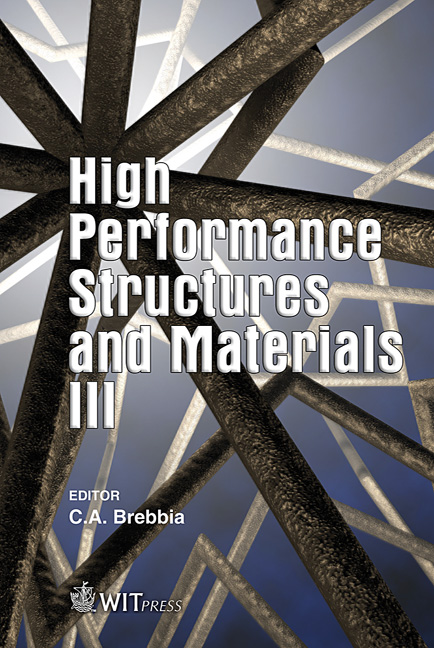Three-dimensional Limit Analysis Of Ancient Masonry Buildings With Rigid Block Models
Price
Free (open access)
Transaction
Volume
85
Pages
10
Published
2006
Size
329 kb
Paper DOI
10.2495/HPSM060661
Copyright
WIT Press
Author(s)
A. Ordu˜na
Abstract
Limit analysis with rigid block models is a tool successfully used in recent years for the assessment of ancient masonry structural elements and small buildings. In this paper, the interface yield functions for three-dimensional models are defined at interpolation points, instead of using the generalised stresses approach. This approach leads to very simple expressions for the yield functions and flow rules and therefore, renders the mathematical programming problem easier to solve than the generalised stresses formulation. The solution for the limit analysis problem is obtained using the load-path following approach. The validation of the present proposal shows good agreement compared with non-linear finite element results. Keywords: limit analysis, rigid block assemblages, non-associated flow, numerical integration. 1 Introduction A valuable model for the structural assessment of ancient masonry structures is the limit analysis of rigid block assemblages interacting through no-tension and frictional interfaces. The reason for this affirmation lies in the fact that masonry has low tensile strength and quasi-brittle failure; therefore, at collapse, the cracks render the structure as a set of rigid blocks rocking and sliding between them. In the rigid blocks modelling strategy, the degrees of freedom are related to the blocks, and the stress and strain variables are related to the interfaces. Therefore, blocks can be regarded as extended nodes and the interfaces as structural elements. Previous works in this subject have used mostly a generalised stress approach for the interfaces [1–4]. This means that the generalised stresses are, for instance, the normal and shear forces and the bending and torsion moments. Besides, Livesley[5, 6], using a different approach, verified the contact at points located at the interface corners.
Keywords
limit analysis, rigid block assemblages, non-associated flow, numerical integration.





